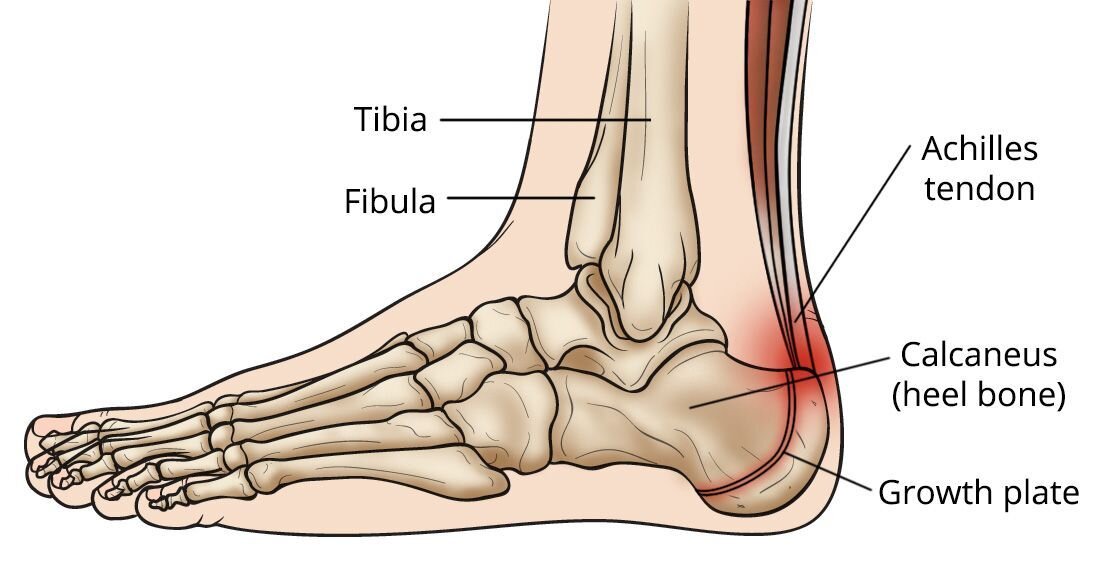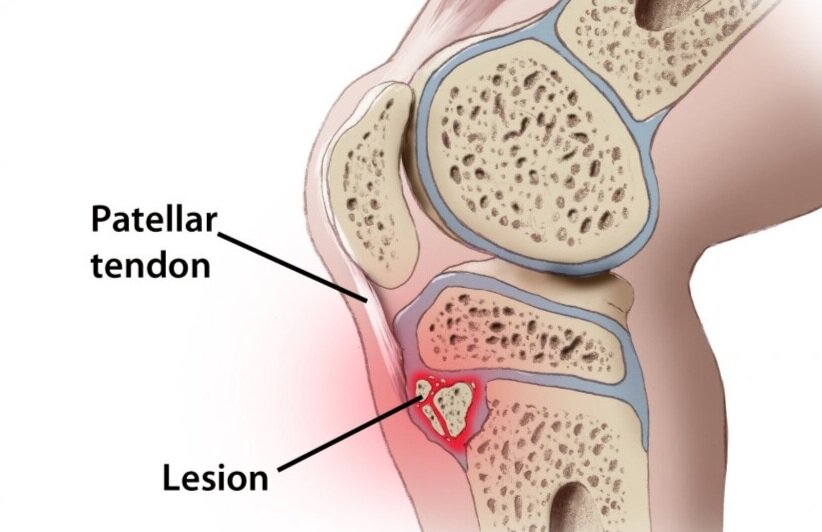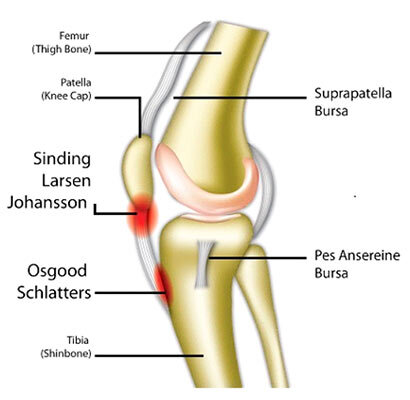Growth plate pain in Kids
As children grow their bone development centers around the growth plates situated most commonly at each end of the bone. Medically we call these areas epiphyseal plates, with the physis being the most active, soft and rubbery part of the growth plate. Because these areas are much softer and flexible than strong rigid bone they present as more vulnerable tissue areas against load, traction and force injury. Growth plate injuries only occur in children. By the time Girls reach 13-14 years of age and Boys 14-16 years of age the growth plates will fuse to become solid bone. Growth plates are responsible for determining the shape, length and size of the long term bone structure into adulthood. Adults do not have growth plates in their bone structure.
Over my years as a Podiatrist I’ve seen many kids with growth plate injuries of the lower limb. The more common of these growth plate injuries are due to traction and compression of the growth plate with repetitive stresses. These generally occur via the apophysis of the bone, this is where the tendon attaches a muscle to the bone. The causes for this type of injury range from a mirage of factors:
Poor Flexibility
Biomechanical factors
Rapid Growth spurts alongside poor flexibility
Sports with running, jumping, bouncing load
More serious Growth plate injuries can result in fractures through the growth plate or even lack of blood flow being received in the growth plate to assist bone development. It is important not to disregard kids pain as just a normal part of growth.
Clues that indicate Growth Plate pain..
Your child will complain of pain as load increases. This should settle with rest and non weight-bearing.
Your child should be able to weight bear with mild pain.
Squeezing or applying pressure to the growth plate will elicit pain
The pain is there for multiple days, any pain over 3 days should be assessed by a Allied Health practitioner.
Growth Plate injuries of the Lower Limb
Below are the 3 most common Growth Plate injuries of the Lower Limb.
The treatment for each of these Growth Plate injuries will differ and it is always recommended to seek further advice from an Allied Health practitioner. For more information on Calcaneal Apophysitis check out my specific blog on “Why is my child complaining of sore heels”. For further information about child knee pain I have a specific Blog for this also.
Growth plate pain will respond to icing directly after exercise. You can apply an ice pack for 10 minutes to settle symptoms alongside a child’s dose of anti-inflammatories such as Nurofen. I encourage you to make an appointment with a Physiotherapist or Podiatrist to fix the issue for your child at it’s cause. Stacey x




